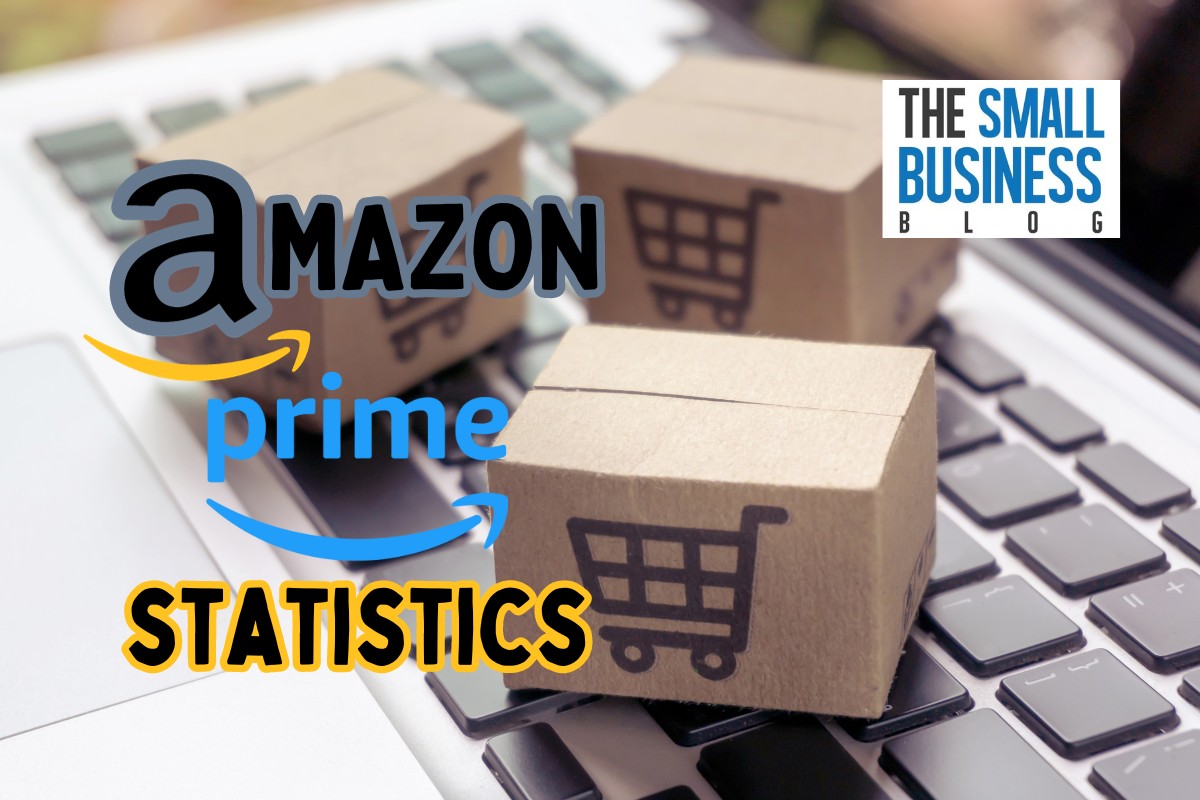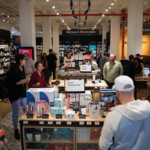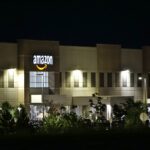Amazon started out life as an online bookstore in 1997.
From 1998 to 2004, it expanded its repertoire and started selling various other products.
This is the same framework the company uses today.
Amazon Prime was created in 2005.
The service was designed to offer additional benefits to customers.
All they had to do was subscribe to Amazon Prime and pay the related subscription fee.
One of the primary benefits Amazon Prime offers today is free shipping.
This benefit dates from when it was first launched, and members benefitted from two-day free shipping.
As the following Amazon Prime statistics show, the membership program has grown significantly since those early days.
In fact, since 2011, the array of benefits has expanded, along with the customer base.
Post Contents
- 1 Key Statistics
- 2 The Progression Of Amazon Prime
- 3 Top Amazon Prime Statistics in 2024
- 3.1 1. There Are Over 200 Million Amazon Prime Subscribers
- 3.2 2. Prime Video Has Over 175 Million Users
- 3.3 3. Most Prime Customers Are Aged Between 18-34
- 3.4 4. The US Is Home To 157 Million Amazon Prime Subscribers
- 3.5 5. 72% Of Americans Get Same Day Or Next Day Delivery
- 3.6 6. In 2021 Amazon Prime Day Took $11.19 Billion
- 3.7 7. Amazon Receives Over $25 Billion In Subscription Membership Fees
- 3.8 8. The Average Prime Subscriber Spends $1,400 A Year With Amazon
- 3.9 9. Nine Out Of Ten People Choose Prime For Free Shipping
- 3.10 10. Prime Can Be Accessed In 22 Countries Around The Globe
- 3.11 11. There Are More Prime Video Subscribers In India Than Anywhere Else
- 3.12 12. Amazon Employs Over 1.3 Million People Globally
- 3.13 13. 60.92% Of Amazon Prime Video Subscribers Are Male
- 3.14 14. 85% Of Amazon Prime Subscribers Visit The Site Weekly
- 3.15 15. Amazon Prime Subscribers Can Access Over 5,000 Books For Free
- 4 Summing Up
Key Statistics
- There are over 200 million Amazon Prime subscribers
- Prime Video has over 175 million users
- Most Prime customers are aged between 18-34
- The US is home to 157 million Amazon Prime subscribers
- 72% of Americans get same day or next day delivery
- In 2021 Amazon Prime day took $11.19 billion
- Amazon receives over $25 billion in subscription membership fees
- The average Prime subscriber spends $1,400 a year with Amazon
- Nine out of ten people choose Prime for free shipping
- Prime can be accessed in 22 countries around the globe
- There are more Prime Video subscribers in India than anywhere else
- Amazon employs over 1.3 million people globally
- 60.92% of Amazon Prime Video subscribers are male
- 85% of Amazon Prime subscribers visit the site weekly
- Amazon Prime subscribers can access over 5,000 books for free
The Progression Of Amazon Prime
Amazon Prime started slow.
In 2005 you could get an annual membership for $79 a year.
It effectively gave you free two-day shipping and not much else.
The uptake was slow.
The service took off in 2011 when Amazon added entertainment.
Specifically, subscribers could access more than 5,000 movies and TV shows, all without adverts.
As the subscriber numbers increased, Amazon felt safe in increasing the price.
In March 2014 it was raised from $79 to $99 a year.
In April 2014 Amazon introduced the Pantry.
Members could get a box of non-perishable items, such as toilet rolls, for a flat $5.99 fee.
In June of the same year, Amazon introduced Prime Music, allowing members to stream over two million songs and access over 1,000 playlists and radio stations.
2014 was a busy year for Amazon Prime.
In September they launched the show Transparent, which won the first major award for Amazon, which was two Golden Globes.
November saw Amazon give members Prime Photos and unlimited photo storage.
This was followed by free two-hour delivery in December of the same year.
The only catch was it only applied to New York City.
May 2015 saw the introduction of free same-day and one-day delivery for any order over $35.
It was also the first Amazon Prime Day
Since then the benefits have continued to increase, such as 5% back on all purchases with their Amazon Prime Rewards Visa card.
They also introduced the Amazon Key, allowing drivers to leave goods inside your home.
Let’s look at some of the top Amazon Prime statistics, you may be surprised by what you learn.
Top Amazon Prime Statistics in 2024
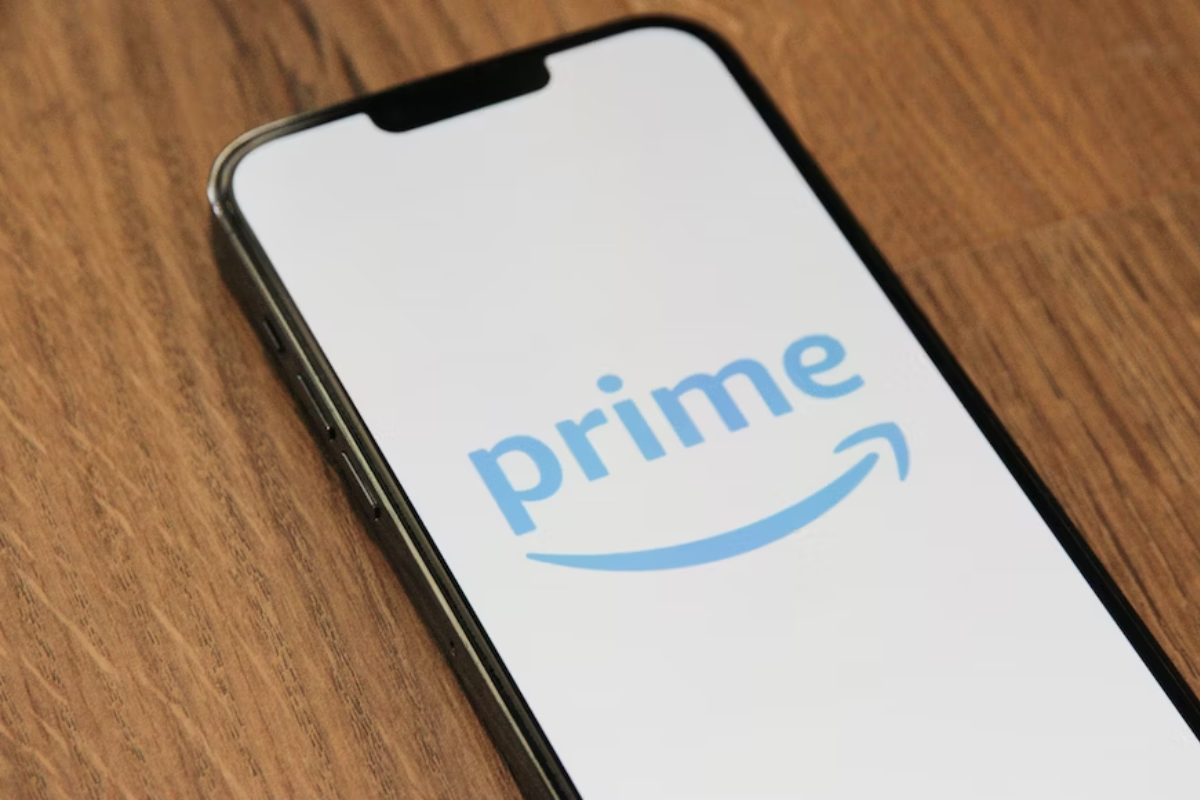
1. There Are Over 200 Million Amazon Prime Subscribers
Amazon Prime subscribers are increasing all the time.
In the first quarter of 2018, Amazon confirmed they had 100 million users.
While this was impressive, it wasn’t enough for Amazon Prime.
They continued aggressively marketing.
By the fourth quarter of 2019 subscription levels had increased to 150 million
In the first quarter of 2021, subscriber numbers surpassed 200 million and it looks likely that this number will continue to grow.
Of course, Prime faces an increasing amount of competition which could prevent it from continuing to grow at this pace.
However, one of the strongest draws of Prime is the free shipping.
Considering the range of products available through Amazon it seems unlikely that consumers will want to miss out on this.
As an extra, 200 million subscribers is more than the number of people that live in most countries.
In fact, if Amazon Prime were a country it would be the 8th biggest in the world by population numbers.
(Earthweb)
2. Prime Video Has Over 175 Million Users
In April 2021 the CEO of Amazon stated that Prime Video had collected over 175 million subscribers.
While free shipping is a popular draw, the majority of Amazon Prime members get the service to see what videos and television shows are available.
Prime has an array of content which can only be accessed by Prime members.
As a testimony to the interest in streaming and video, it’s worth noting that streaming hours saw a 70% increase in comparison to the year before.
This is a healthy return on Amazon’s investment of $11 billion.
That’s how much was spent on TV shows, movies, and music in 2020.
Of course, with an annual subscription of over 200 million at a rate of $14.99, the income far exceeds the expenditure.
It’s worth noting that you can, and many people do, use a VPN with Amazon Prime, allowing you to access geo-restricted content.
(Earthweb)
3. Most Prime Customers Are Aged Between 18-34
Younger people are generally more attuned to the digital era than older ones.
This is simply because they have grown up with the internet, online shopping, and digital downloads.
In fact, Millennials have grown up with the internet and don’t know a time before its existence.
This is reflected in the Amazon Prime subscriptions.
According to the latest research, 81% of US internet users aged between 18-34 have an Amazon Prime subscription.
The percentage drops to 68% for internet users between 35-54 years old, and 60% for people older than 55.
It’s interesting to note that while the younger generation has been using Prime for many years, there was a surge of new members, mainly older people, during the global pandemic.
Amazon statistics show an 11% increase in members over 55 during the pandemic.
Subscriptions for those aged between 18-34 grew at a similar ratio while middle-aged members grew at just 5%.
(Earthweb)
4. The US Is Home To 157 Million Amazon Prime Subscribers
There are over 200 million Prime subscribers on the planet.
Prime can be accessed from 200 different countries and there’s enough content that you’ll always find something amusing to watch.
However, the figures show that 157 million Amazon Prime subscribers are US-based.
While some of these will use VPNs, the majority of this figure is American.
In 2013 there were 25 million American Amazon Prime users.
This increased to 40 million in 2014 and then 54 million in 2015.
By 2016 the figure had risen to 65 million and 2017 saw it close to 100 million.
Prime subscriptions have continued to steadily grow.
There were 12 million in 2018, 142 million by 2020, and 157 million in 2022.
It’s estimated there will be 168 million by 2025.
(Earthweb)
5. 72% Of Americans Get Same Day Or Next Day Delivery
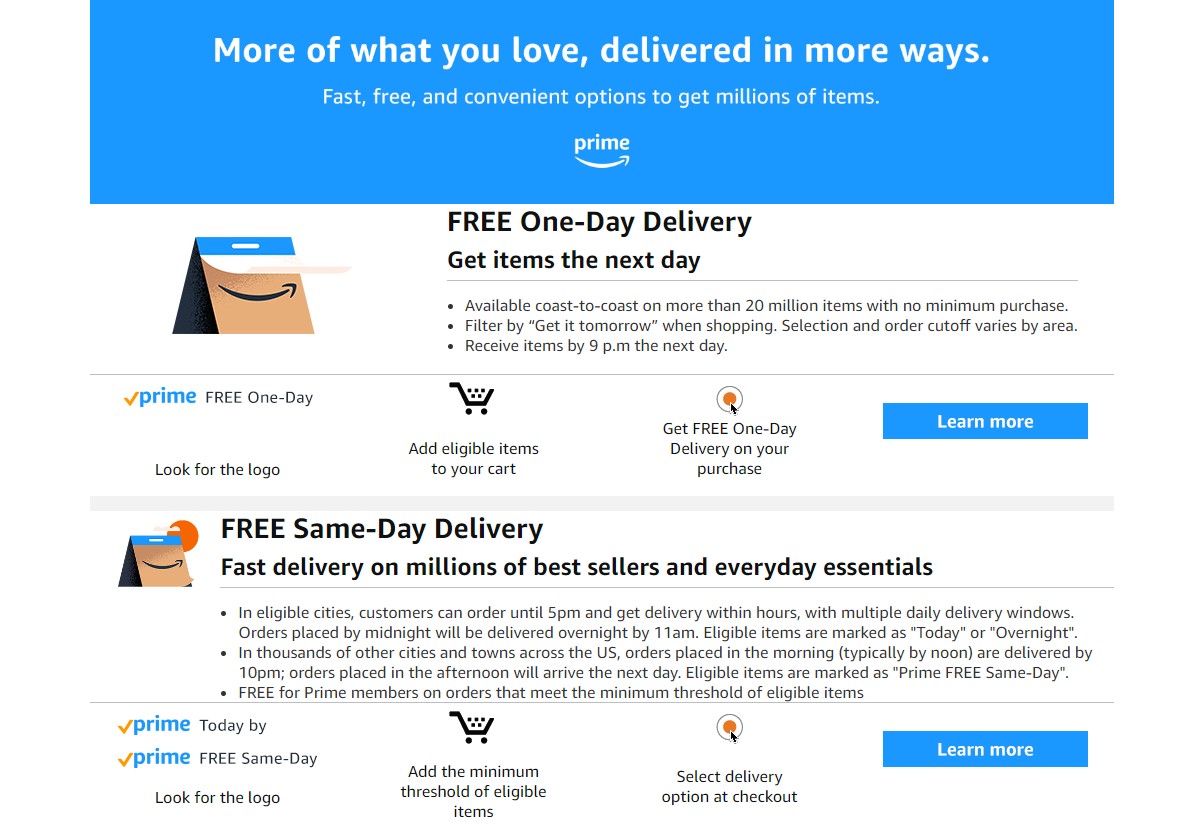
Amazon Prime customers tend to be loyal.
This is because Prime offers a comprehensive array of services.
In fact, the latest figures show members stay with Prime for at least two years.
Alongside the streaming service, the free delivery is an excellent benefit.
This is especially true since 2019 when Amazon promised to deliver parcels either within one day or, if possible, within two hours of the order being placed.
The company has stuck to its promise.
Prime customers get their products within a day of ordering and 72% of Americans benefit from sale-day or next-day deliveries.
Interestingly, the global pandemic inspired more people to become members.
Prior to the pandemic, Amazon customers were used to waiting a few days for a delivery.
However, the pandemic caused massive issues for many people, specifically long delivery delays.
That led to a massive increase in Amazon Prime subscribers, simply for the same-day or next-day delivery.
(Earthweb)
6. In 2021 Amazon Prime Day Took $11.19 Billion
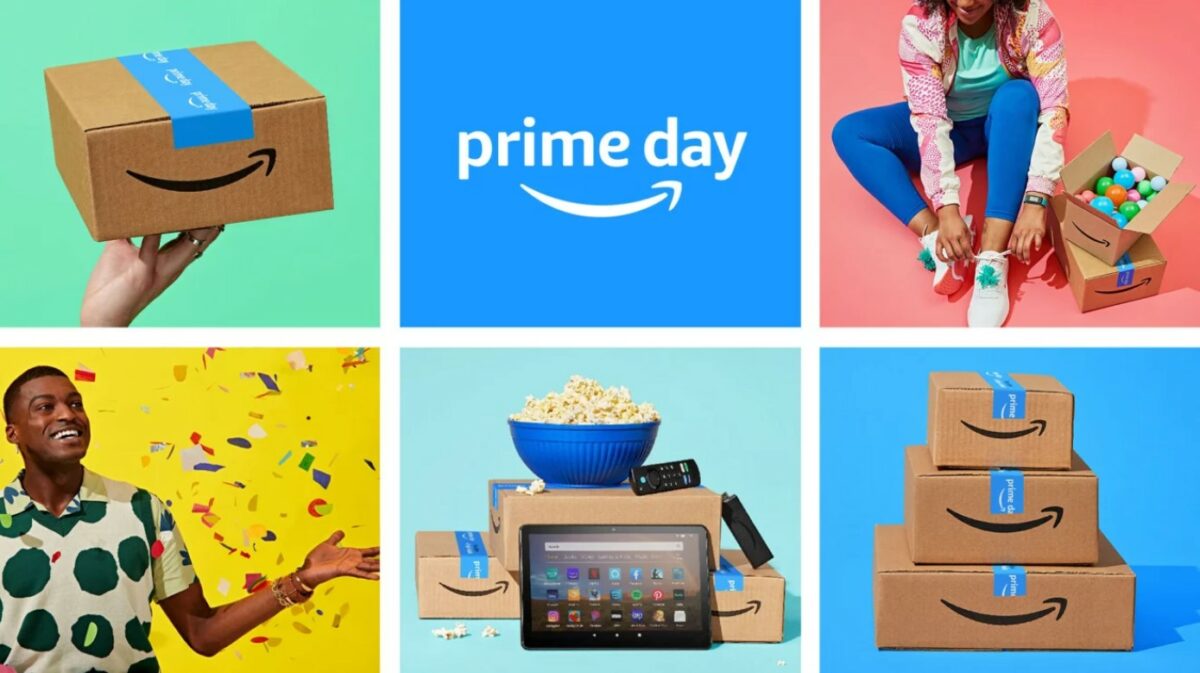
Amazon Prime Day was created to celebrate the launch of Amazon Prime and to give members access to exclusive deals.
You can’t get the deals unless you’re a member.
The first Prime Day was launched in 2015 and saw gross sales of $0.9 billion.
Enough to convince Amazon it was worthwhile.
The following year saw a sharp increase in gross sales, going from $0.9 billion to $1.52 billion.
This increase has continued since, 2017 saw sales hit $2.41 billion and, in 2018, they reached $4.19 billion.
If that wasn’t an impressive jump, Prime did it again in 2019, sales reached an impressive $7.16 billion, followed by $10.39 billion in 2020.
That was the height of the pandemic.
Sales have continued to grow since the pandemic, just at a slower pace.
In 2021 sales were $11.19 billion.
Official Amazon figures show that over 250 million items were sold in one day.
Some of the most popular purchases are household appliances, such as the Keurig K-Slim coffee maker and the iRobot Roomba 692 robot vacuum.
However, perhaps the most surprising high-selling item, and the most popular on the 2021 Prime Day was the Amazon Fire TV Stick.
It’s worth noting that 62% of Amazon Prime Day sales originated in the US, 38% came from the rest of the world.
(Earthweb)
7. Amazon Receives Over $25 Billion In Subscription Membership Fees
We’ve already mentioned that Prime spent 11 billion on movies, TV series, and other entertainment in 2021.
This needs to be funded from somewhere, but it is more than covered by the membership fees.
According to the latest figures released by Amazon, they took over $25 billion in Amazon membership fees in 2020.
In 2015 Amazon took just $4.47 billion.
This increased to $6.39 billion in 2016, and in 2017 it came close to $10 billion.
The following three years saw much larger growth.
In 2018 revenue went up by over 4 billion, to $14.17 billion.
By 2019, the revenue had increased to $19.21 billion and it jumped again in 2020 to $25.21.
Of course, it was aided by the pandemic in 2020.
It should be noted that these are total subscription fees for all the different Amazon services.
That includes audiobooks, digital video, and even music streaming.
They don’t release the revenue earned just from Prime membership.
(Amazon)
8. The Average Prime Subscriber Spends $1,400 A Year With Amazon
Amazon Prime members are more inclined to spend money with Amazon.
The main reason this is the case is because they get free delivery.
Regardless of how much they pay to be a member of Prime, free delivery is an enticing offer.
It simply feels good every time you place an order.
According to Amazon’s figures, the average Prime member will spend $1,400 a year with Amazon, non-member spend, on average, $600.
It should be noted that this figure doesn’t include the membership fee.
It simply illustrates that Prime subscribers tend to be loyal because they get an array of additional benefits.
(Amazon)
9. Nine Out Of Ten People Choose Prime For Free Shipping
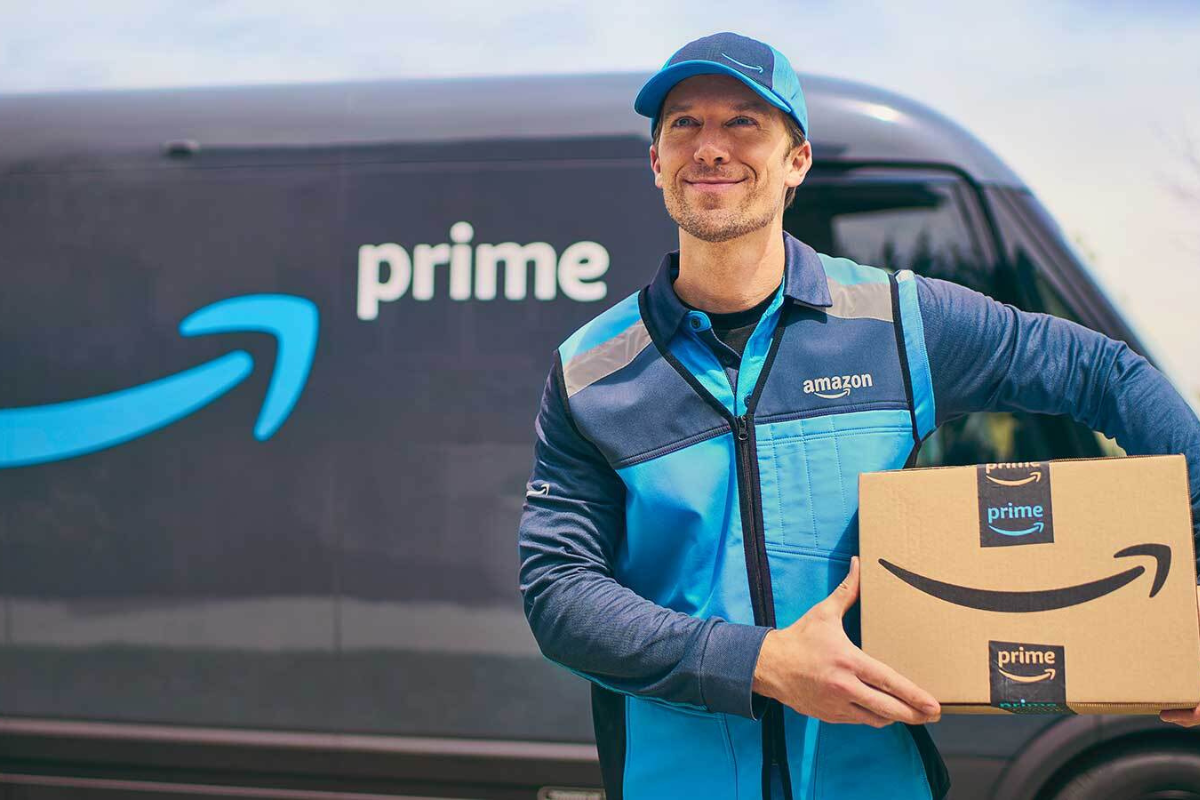
In many cases, you’ll get free shipping on an order but the cost of the shipping is included in the price of the products.
However, this isn’t the case with Amazon.
Anyone can buy the items listed.
If they are a member of Prime, postage is free.
If they are not a member, postage will be charged on top.
The price for the product stays the same in both cases.
According to the latest research, 88% of shoppers will choose Amazon because they get free shipping.
It’s not just a case of getting something for nothing.
Amazon offers extremely fast delivery, making it exceptionally convenient and cost-effective.
It’s worth noting that 60% of Amazon shoppers state they use Amazon because it has the widest selection of products and always has an innovative solution to an issue.
(Statista)
10. Prime Can Be Accessed In 22 Countries Around The Globe
Amazon Prime would like to offer their services around the world.
However, it can be difficult to resolve all the logistic issues and ensure the benefits of Prime are received, regardless of where you are from.
That’s why Prime has focused on the markets where it can offer its high-class service.
This allows it to maintain standards and gradually increase the coverage it offers across the globe.
It’s an approach which has worked well so far.
Prime obviously launched in the US first.
In 2007 it launched in the UK, Germany, and Japan.
After logistics were sorted it was available in France in 2008, followed by Italy in 2011.
Prime became available in Canada in 2013 and India in 2016, followed by Mexico in 2017, and Turkey in 2020.
Other countries with Prime include Sweden, Saudi Arabia, Singapore, Brazil, Belgium, Poland, and Luxembourg.
(Earthweb)
11. There Are More Prime Video Subscribers In India Than Anywhere Else

The US may have the most Prime subscribers in the world, however, they don’t have the biggest share of the Amazon Prime video market!
This honor belongs to India which is estimated to have 32.51% of all Amazon Prime Video subscribers.
Other countries that beat the US in this regard include Spain, Italy, and even Brazil.
Of course, America has a larger selection of video and television streaming options.
In short, with such an array of options, it’s not surprising that not all American Prime subscribers use the video option.
It does provide Amazon with room to grow in the US as the company is expected to reach saturation point in the US market by 2027.
However, the US streaming market is highly competitive, it could be difficult for Amazon to increase their share.
What this statistic does prove is that US Prime subscribers are driven by the Prime service, specifically the free and fast delivery.
(Gitnux)
12. Amazon Employs Over 1.3 Million People Globally
Amazon Prime has over 200 million subscribers, all of which need to be looked after.
In the majority of cases, that means picking the right goods and shipping them.
Much of this process is automated.
But, staff are still needed.
More importantly, Prime needs to maintain a high level of service in order to keep its customers.
That means a veritable army of customer support staff.
Alongside this, there are product selectors, marketing professionals, and hundreds of regional managers.
Once you start analyzing the staff requirements it becomes easy to see why Amazon employs over 1.3 million people across the globe.
It’s necessary to retain their customers, their reputation, and their market share.
(Gitnux)
13. 60.92% Of Amazon Prime Video Subscribers Are Male
Currently, there are over 6 million sellers on the Amazon global marketplace.
However, not all of these are included in the Prime free delivery service.
Only approved sellers can offer this.
The split between male and female shoppers on Amazon Prime is roughly 50/50.
This changes when you look specifically at Prime Video.
Approximately 60% of Prime Video subscribers are male and roughly 40% are female.
There is no information regarding why this is the case, although the statistics have stayed steady for several years.
Prime Video is expected to have over 240 million subscribers by 2026.
The only question is whether the current male/female ratio will continue, or whether it will even out to match Prime subscriptions.
(Gitnux)
14. 85% Of Amazon Prime Subscribers Visit The Site Weekly
Amazon Prime has over 200 million subscribers and the latest studies show that 85% of them, that’s at least 170 million of them, visit the Amazon website every week.
This illustrates why Amazon Prime has such impressive revenue.
It also shows how loyal Prime customers are, although much of this loyalty is based on the free delivery service.
Everyone likes to feel they are getting something for nothing.
Of course, this statistic also shows how committed people are to buying online instead of in physical stores.
That’s something which has been increasing for many years.
The global pandemic gave online sales, and Amazon Prime profits, a boost.
Surveys suggest that Amazon Prime members will always look at Amazon before committing to a purchase, even if they end up ordering elsewhere.
That demonstrates how good Amazon is at keeping customers engaged.
(Gitnux)
15. Amazon Prime Subscribers Can Access Over 5,000 Books For Free
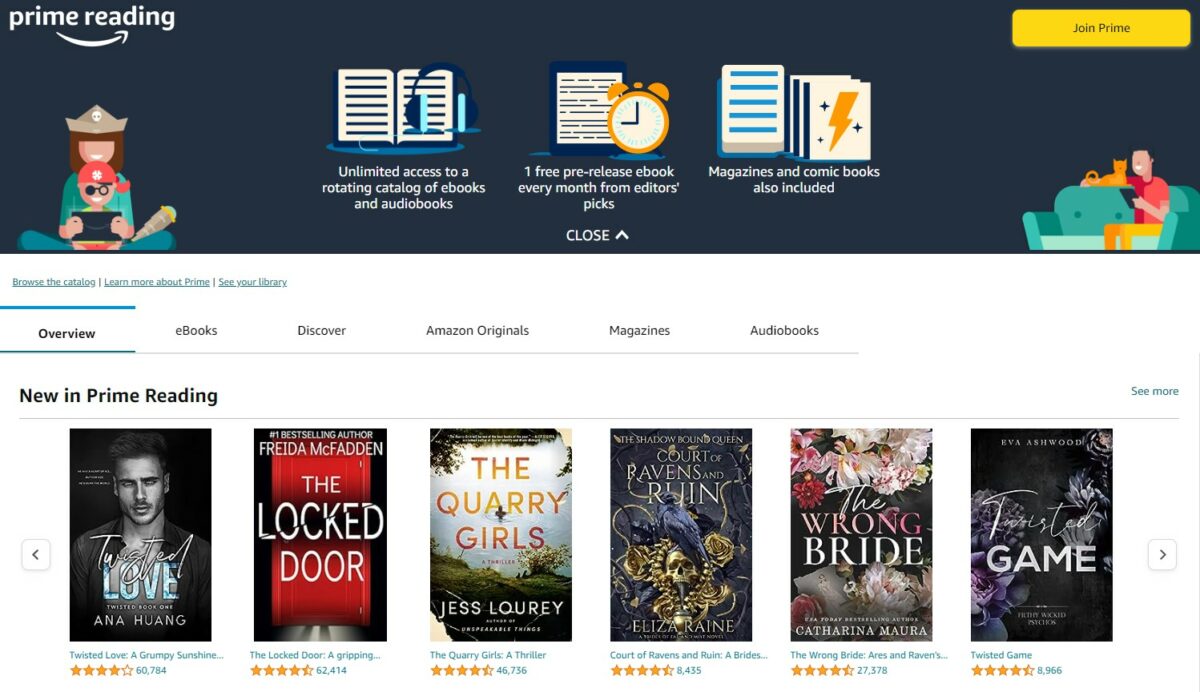
As part of the Amazon Prime membership service, it’s possible to access an array of ebooks, audiobooks, and even online magazines for free!
In fact, there are currently around 5,400 free books, audio, and magazines available to Prime subscribers.
That’s a huge amount of information simply waiting to be absorbed.
The good news is that there is something for everyone.
Amazon Prime ebooks have a huge selection of topics and, as a Prime member, they are completely free.
That always feels good.
(Gitnux)
Summing Up
Once you’ve looked through the key Amazon Prime statistics one thing becomes very clear.
Amazon Prime is an extremely valued service.
The company is increasing subscriber numbers and revenue every year.
It’s also expanding into various markets across the globe, potentially ensuring global dominance in the future.
Amazon Prime shipped over 3.5 billion parcels in 2019 before the pandemic started.
That number has since increased, demonstrating how popular this subscription option is.
If you’re not a Prime member then you probably know someone who is.
It’s only a matter of time before you become one and part of the above statistics.







